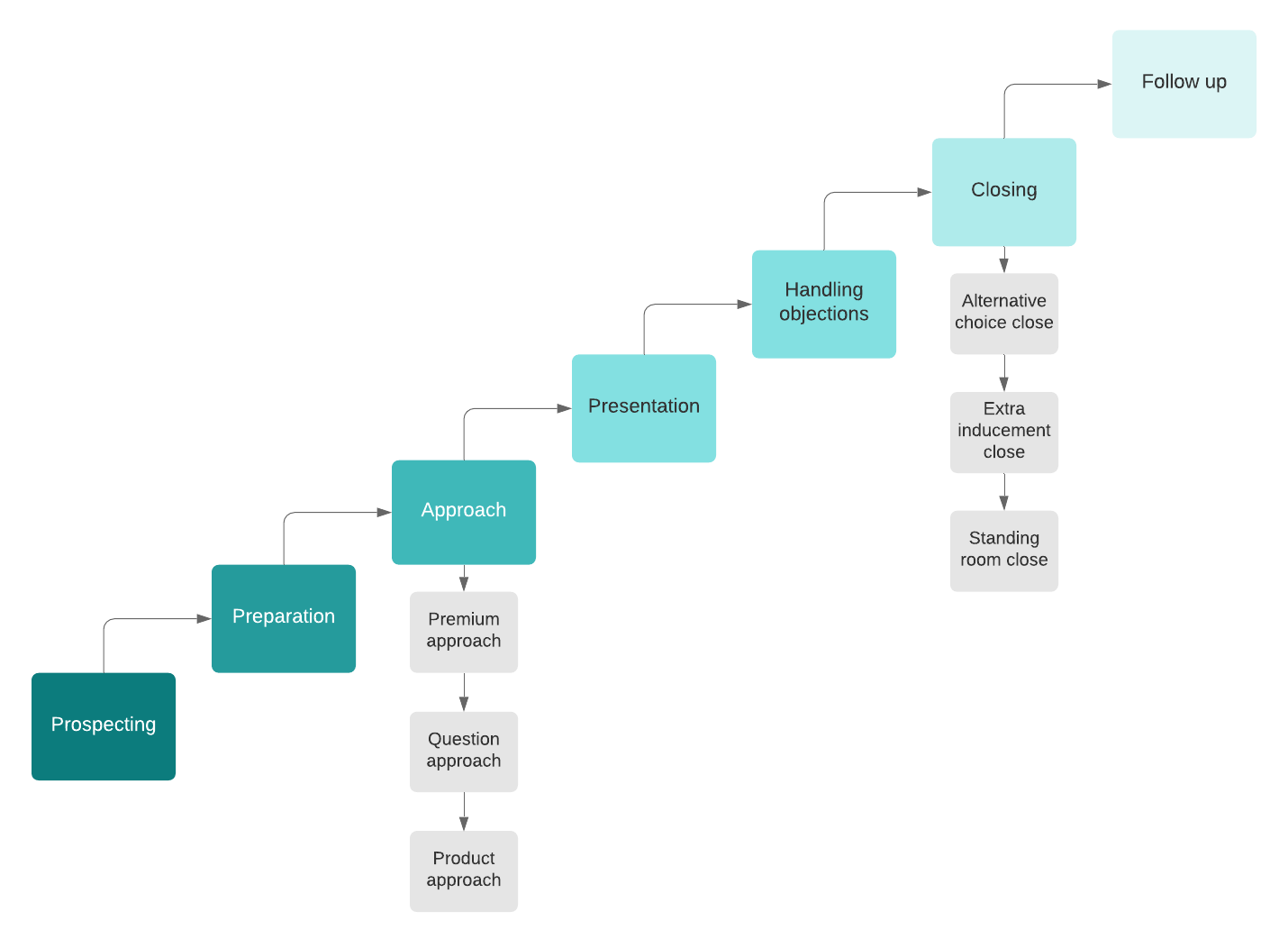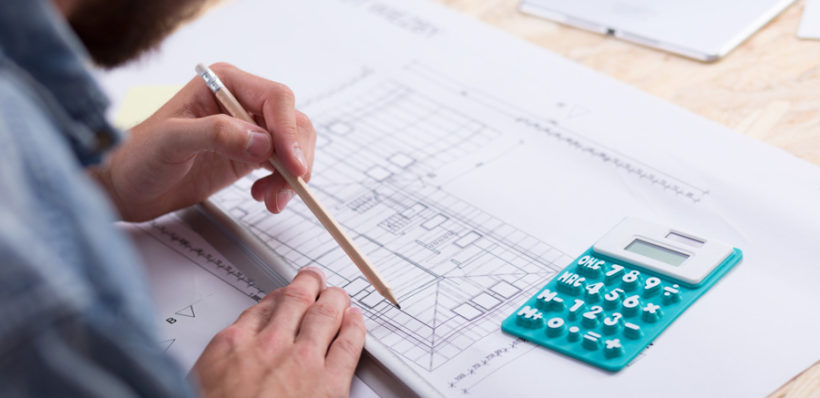
If you're about to take the CPA exam, you're probably wondering about the different parts. Each section, AUD/FAR/REG, has multiple-choice questions. Here are the sections and their structure.
AUD
The AUDIT of the CPA Exam is made up of eight questions that are scored by typing in the answers. This exam covers many subjects, such as journal entries (research), account reconciliation (reporting), and reporting. There is also one testlet that is not scored. These topics cover everything from risk management to internal controls, and even analyzing evidence.

The AUDIT contains three task-based simulation and three multiple-choice testlets. The first testlet has questions of moderate difficulty. Your grade will go up if you score well. Your grade will drop if you score poorly. This is due to the fact that more difficult questions will be weighted higher than simpler ones. This means that to achieve a high score you must answer more difficult question.
FAR
The FAR is the first part of the CPA examination. It measures your knowledge about the principles and guidelines of financial accounting. It includes 33 multiple-choice questions. The exam takes approximately four hours. You have to earn a 75% or higher score to pass. The test questions cover financial accounting principles and the GASB conceptual framework. The test also includes questions about financial statements, both for profit and not-profit.
The FAR is a large exam covering a lot of material. It is important to prepare for the exam. To help you learn the material, practice exams are necessary.
Ethics exam
The CPA ethics exam covers four topics. The multiple-choice exam can be taken online, or at a testing centre. Each question has four answers. It is important that you fully understand each question and the answer options. You can use study material to answer questions accurately.

The ethics exam is the final part of the CPA exam. It covers topics in the AICPA Code of Professional Conduct. These topics are covered in state codes of professional conduct. However, some states give less importance to them.
FAQ
What are the types of bookkeeping software?
There are three main types, hybrid, or manual, of bookkeeping software: computerized, hybrid and computerized.
Manual bookkeeping refers to the use of pen & paper to record records. This method requires constant attention.
Software programs are used to automate bookkeeping and manage finances. The advantage is that it saves time and effort.
Hybrid bookkeeping combines both manual and computerized methods.
What kind of training does it take to be a bookkeeper
Bookkeepers must have basic math skills such as addition, subtract, multiplication and division, fractions or percentages, and simple algebra.
They should also know how to use computers.
Many bookkeepers are graduates of high school. Some even have college degrees.
Accounting is useful for small business owners.
Accounting is not only for large businesses. Accounting is beneficial to small business owners as it helps them keep track and manage all the money they spend.
You likely already know how much money you get each month if your small business is profitable. But what if your accountant doesn't do this for a monthly basis? You might be wondering about your spending habits. Or, you might neglect to pay your bills in time, which could affect your credit rating.
Accounting software makes it simple to track your finances. There are many kinds of accounting software. Some are completely free, while others can cost hundreds of thousands of dollars.
But whatever type of accounting system you use, you'll want to understand its basic functions first. This way, you won't waste time learning how to use it.
These three tasks are essential.
-
Input transactions into the accounting software.
-
Track your income and expenses.
-
Prepare reports.
These are the three essential steps to get your new accounting system up and running.
What is a Certified Public Accountant?
Certified public accountant (C.P.A.). An accountant is someone who has special knowledge in accounting. He/she has the ability to prepare tax returns, and assist businesses in making sound business decision.
He/She also keeps track of the company's cash flow and makes sure that the company is running smoothly.
How do I know if my company requires an accountant?
Many companies hire accountants when they reach certain size levels. A company might need an accountant when it makes $10 million annually or more in sales.
However, some companies hire accountants regardless of their size. These include small companies, sole proprietorships as well partnerships and corporations.
The size of a company doesn't count. Only what matters is whether or not the company uses accounting software.
If it does then the company requires an accountant. A different scenario is not possible.
What's the purpose of accounting?
Accounting is a way to see a financial picture by recording, analyzing and reporting transactions between people. It allows organizations to make informed financial decisions, such as whether to invest more money, how much income they will earn, and whether to raise additional capital.
Accountants record transactions in order to provide information about financial activities.
The organization can use the data to plan its future budget and business strategy.
It is crucial that the data are accurate and reliable.
Statistics
- Given that over 40% of people in this career field have earned a bachelor's degree, we're listing a bachelor's degree in accounting as step one so you can be competitive in the job market. (yourfreecareertest.com)
- a little over 40% of accountants have earned a bachelor's degree. (yourfreecareertest.com)
- Employment of accountants and auditors is projected to grow four percent through 2029, according to the BLS—a rate of growth that is about average for all occupations nationwide.1 (rasmussen.edu)
- "Durham Technical Community College reported that the most difficult part of their job was not maintaining financial records, which accounted for 50 percent of their time. (kpmgspark.com)
- BooksTime makes sure your numbers are 100% accurate (bookstime.com)
External Links
How To
Accounting for Small Business: What is the best way to do it?
Accounting is a critical part of running a small business. This involves tracking income and expenses as well as preparing financial reports and tax payments. You may also need to use software programs like Quickbooks Online. There are many different ways you can do your small business accounting. You should choose the best way for you according to your needs. Below we have listed some of the top methods for you to consider.
-
Use paper accounting. Paper accounting is a good option if you prefer simplicity. This method is very simple. All you need to do is keep track of all transactions. A QuickBooks Online accounting program is a good option if your records need to be complete and accurate.
-
Use online accounting. Online accounting allows you to access your accounts from anywhere and at any time. Wave Systems, Freshbooks, Xero, and Freshbooks are just a few of the popular options. These software allows you to manage your finances and generate reports. They are easy to use, have great features, and many benefits. These programs are a great way to save time and cash on your accounting.
-
Use cloud accounting. Another option you have is cloud accounting. It allows you to store your data securely on a remote server. Cloud accounting offers several advantages over traditional accounting systems. Cloud accounting does not require that you purchase expensive software or hardware. Because all your information is stored remotely, it provides better security. It also saves you time and effort in backing up your data. It also makes it easier to share your files.
-
Use bookkeeping software. Bookkeeping software can be used in the same manner as cloud accounting. But, it is necessary to purchase a new computer and install it. After installing the software, you will be able to connect to the internet so that you can access your accounts whenever you want. You will also be able view your balance sheets and accounts directly from your computer.
-
Use spreadsheets. Spreadsheets allow you to enter your financial transactions manually. One example is a spreadsheet you can use to track your daily sales. A spreadsheet's advantage is that you can make changes to them at any time without having to change the whole document.
-
Use a cash book. A cashbook is a book that records every transaction you make. Cashbooks can come in different sizes depending on how much space is available. You can either keep separate notebooks for each month or one that spans several months.
-
Use a check register. Check registers are a tool that allows you to organize receipts and payment information. Once you have scanned the items, you can transfer them into your check register. Notes can be added to the items once they are scanned.
-
Use a journal. Journals are a logbook that helps you keep track of your expenses. This is a good option if you have lots of recurring expenses like rent and insurance.
-
Use a diary. A diary is simply a journal that you write to yourself. It can be used to track your spending habits and plan your finances.